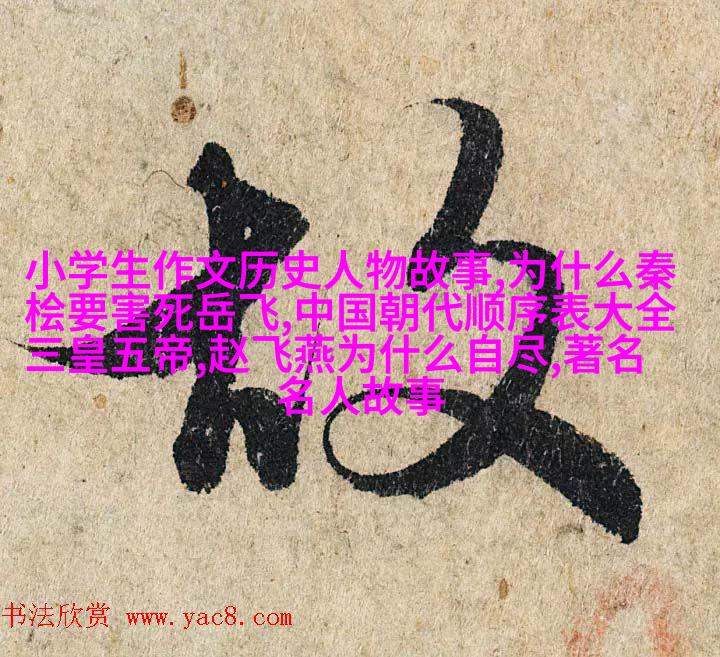Translating the History of the Ming Dynasty into English: A Comprehensive Guide

The Ming dynasty, which ruled China from 1368 to 1644, is a significant period in Chinese history that has garnered considerable interest and attention from scholars and enthusiasts worldwide. As such, translating the history of this era into English can be a challenging yet rewarding task. In this article, we will delve into various aspects related to translating the Ming dynasty's history into English and provide practical examples for better comprehension.
Firstly, it is essential to understand that translation involves more than just converting words from one language to another. It also entails conveying cultural nuances and historical context accurately. When translating texts about the Ming dynasty, one must have a solid grasp of both Chinese culture during that period as well as its historical events.

One approach to tackle this challenge is by focusing on key terms related to specific events or concepts within the Ming dynasty's history. For instance, "Ming" itself means "bright" or "clear," which was chosen as an imperial name because it symbolizes hope for enlightenment after years of chaos under Mongol rule (Yi-Tsong Lin et al., 2011). Translators should consider using phrases like "the bright dynastic era" instead of simply rendering it as "Ming."
Another critical aspect when translating historical accounts is maintaining chronological order while adhering strictly to factuality. To achieve this goal effectively requires extensive research on major events happening during each year within the given time frame (e.g., Zhu Yuanzhang overthrows Mongol rule in 1368) so that readers can follow along with ease without confusion.

Moreover, translators need to account for regional variations across China during this time period due mainly to geographical differences between North and South China regions (Huang Shao-yung & Hsiao Ch'i-ch'ing eds., 1974). This could lead them toward creating content rich in detail but not overly complicated or confusing.
In conclusion, translating the history of the Ming dynasty into English requires both linguistic proficiency in both languages coupled with an understanding of Chinese culture and its historical context during that particular era. By following these guidelines along with careful research based on real-life case studies – whether they involve important figures such as Hongwu Emperor Zhu Yuanzhang who founded The Great Wall at Shanhai Pass; maritime expeditions led by Admiral Zheng He; or even popular folk tales like Journey Through Hell – you'll be able successfully translate ancient stories while preserving their essence intact for future generations interested in learning more about our fascinating world heritage legacy!

